A Rhythm of Gratitude
We Are Grateful: OtsaliheligaBy Traci SorellIllustrated by Frané LessacCharlesbridge Publishing, 2018 My preschool-age children collect treasures from the ground that end up on our table. Bits of moss, Douglas fir […]
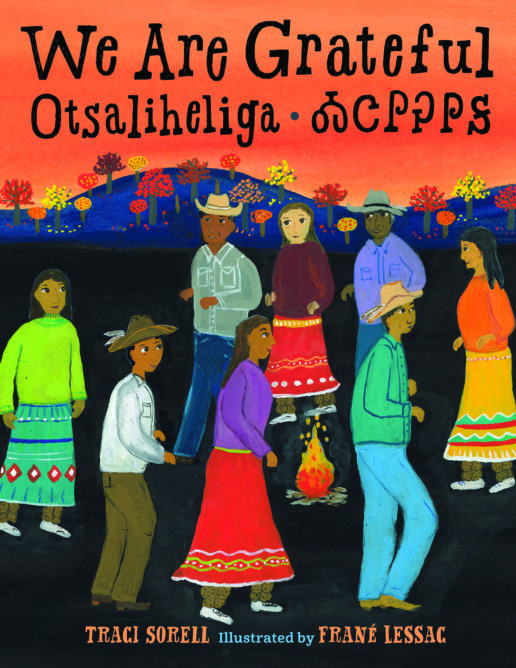
We Are Grateful: OtsaliheligaBy Traci SorellIllustrated by Frané LessacCharlesbridge Publishing, 2018 My preschool-age children collect treasures from the ground that end up on our table. Bits of moss, Douglas fir […]
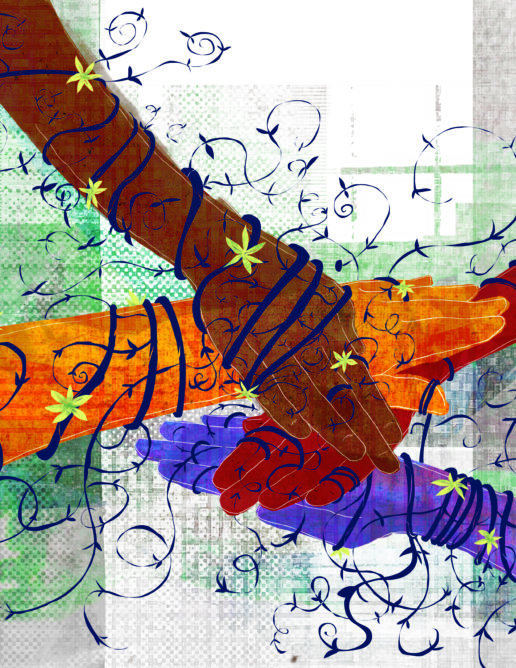
Back in the 1980s, I taught an elective class at Jefferson High School in Portland, Oregon, called Literature and Social Change. It centered around the questions “What is a good […]
This content is restricted to subscribers

Of Thee I Sing: A Letter to My DaughtersBy Barack Obama Illustrated by Loren Long(Knopf, 2010) On the title page of President Barack Obama’s picture book, Of Thee I Sing: A […]
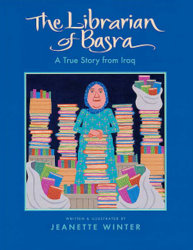
A review of The Librarian of Basra by Jeanette Winter (Harcourt, 2004)
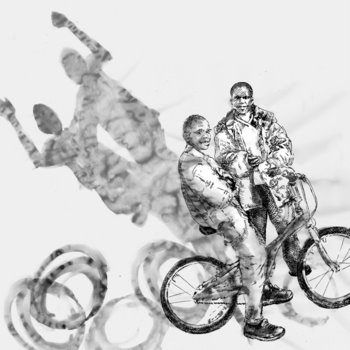
An elementary school teacher takes us inside his classroom to see how he builds on his students’ lives and passions to help them create persuasive essays.
First graders, three at a time, use classroom computers to take standardized tests. Their teacher explains the impact on the students and herself.
Fourth-grade English language learners use wikis to study border issues and gain literacy skills.
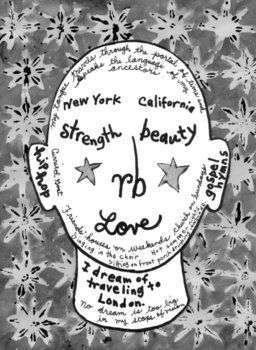
Student poetry about what raised me is woven into graphic art.
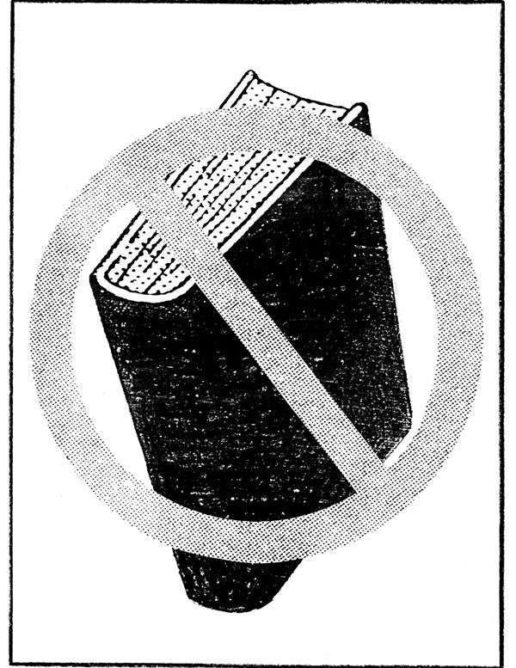
In these bleak NCLB days of regimented
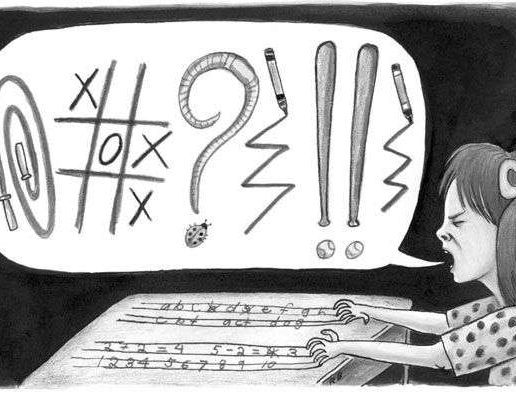
Testing mania reaches the pre-K classroom. It saddened me to think that my daughter’s first impression of school was based on taking a test and failing it.”
“
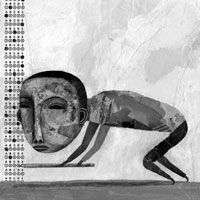
Thanks to the folks at the Discovery Channel
Six years into the ‘War on Terror
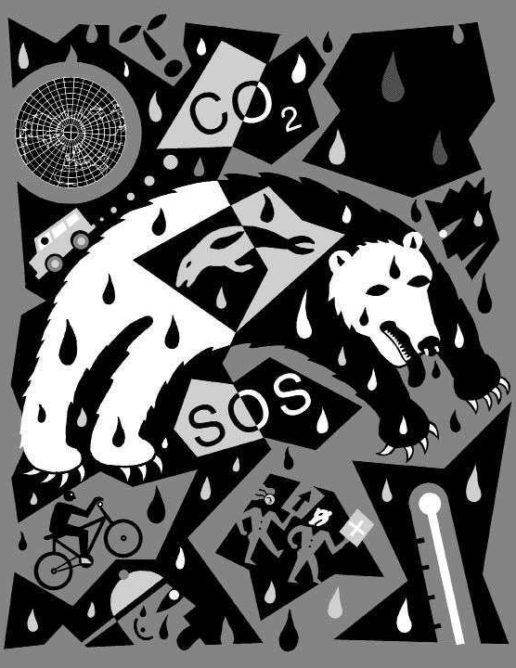
San Francisco fourth graders learn about global warming and take action to save the polar bears.
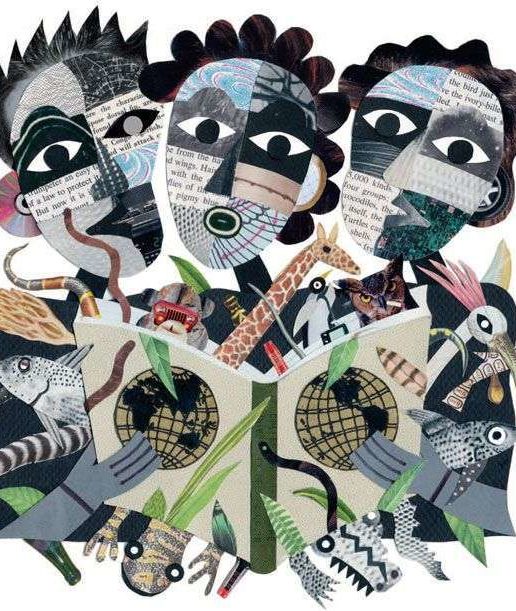
Children’s books that promote environmental education in the primary grades.
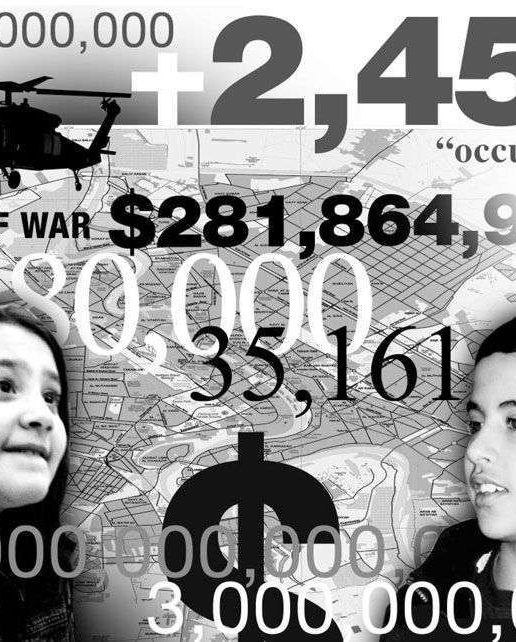
Suggestions from a 5th-grade teacher on bringing the War in Iraq into the curriculum.
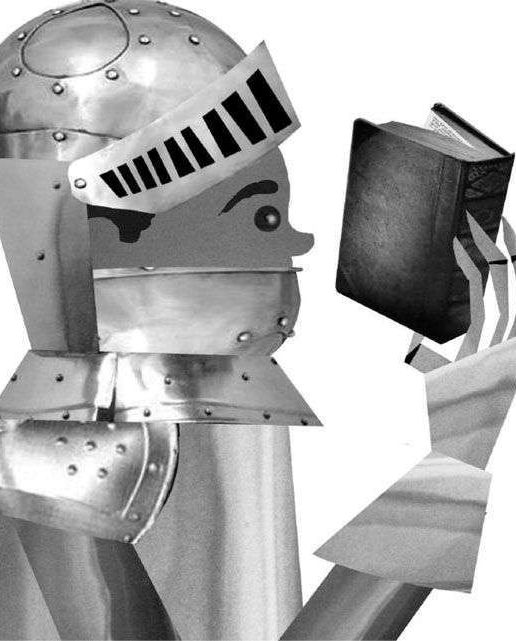
Another child’s love of reading runs smack into No Child Left Behind.

One of the founders of a folk arts-based school slated to open in Philadelphia this fall hopes small schools can create possibilities for reclaiming communities.
This content is restricted to subscribers
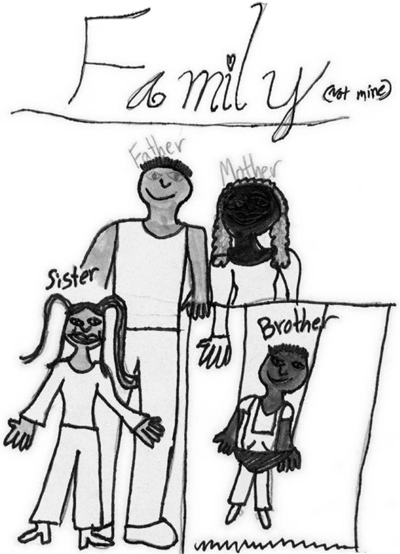
This content is restricted to subscribers
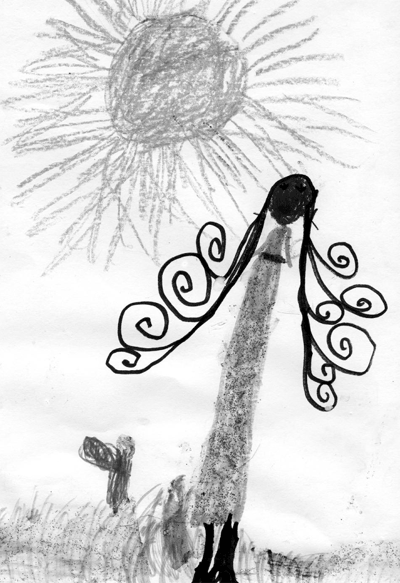
This content is restricted to subscribers
This content is restricted to subscribers
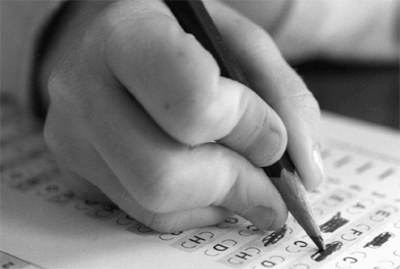
This content is restricted to subscribers

This content is restricted to subscribers
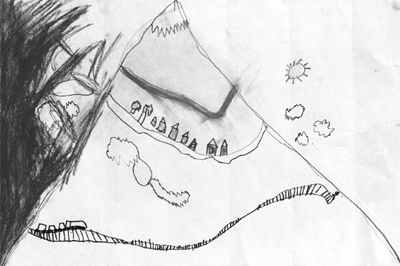
This content is restricted to subscribers